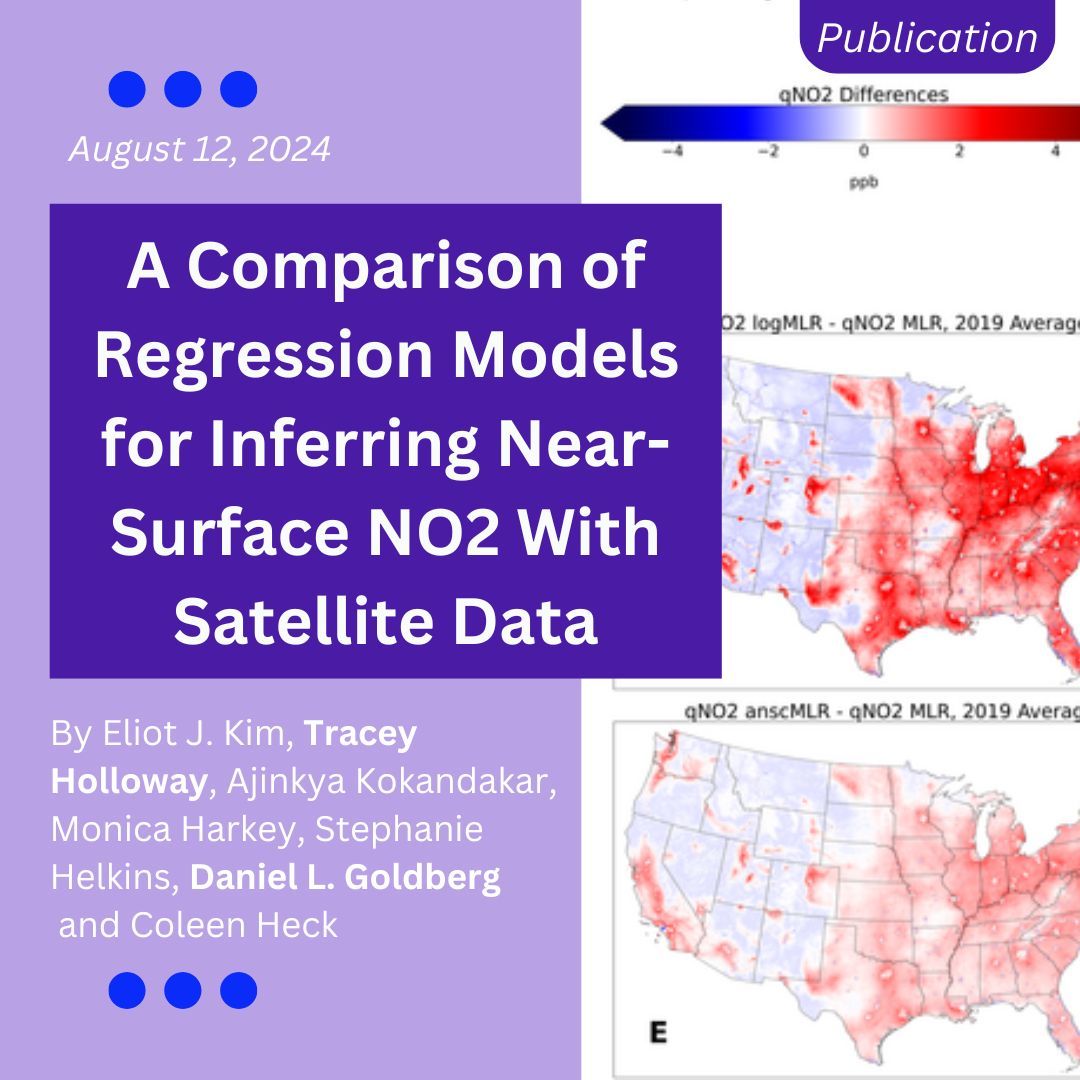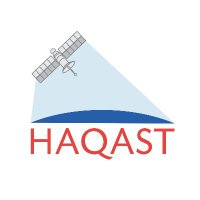
NASA HAQAST
@nasa_haqast
NASA Health Air Quality Applied Sciences Team (HAQAST), connecting NASA science with health and air quality (2021-2025). Tweets not official NASA communication
ID: 1006223725
http://haqast.org 12-12-2012 12:17:17
2,2K Tweet
4,4K Followers
845 Following


*New dataset!* This MERRA-2 bias-corrected global hourly surface total PM2.5 mass concentration dataset was led by HAQAST member Pawan Gupta. Pawan Gupta buff.ly/3XnKBO7
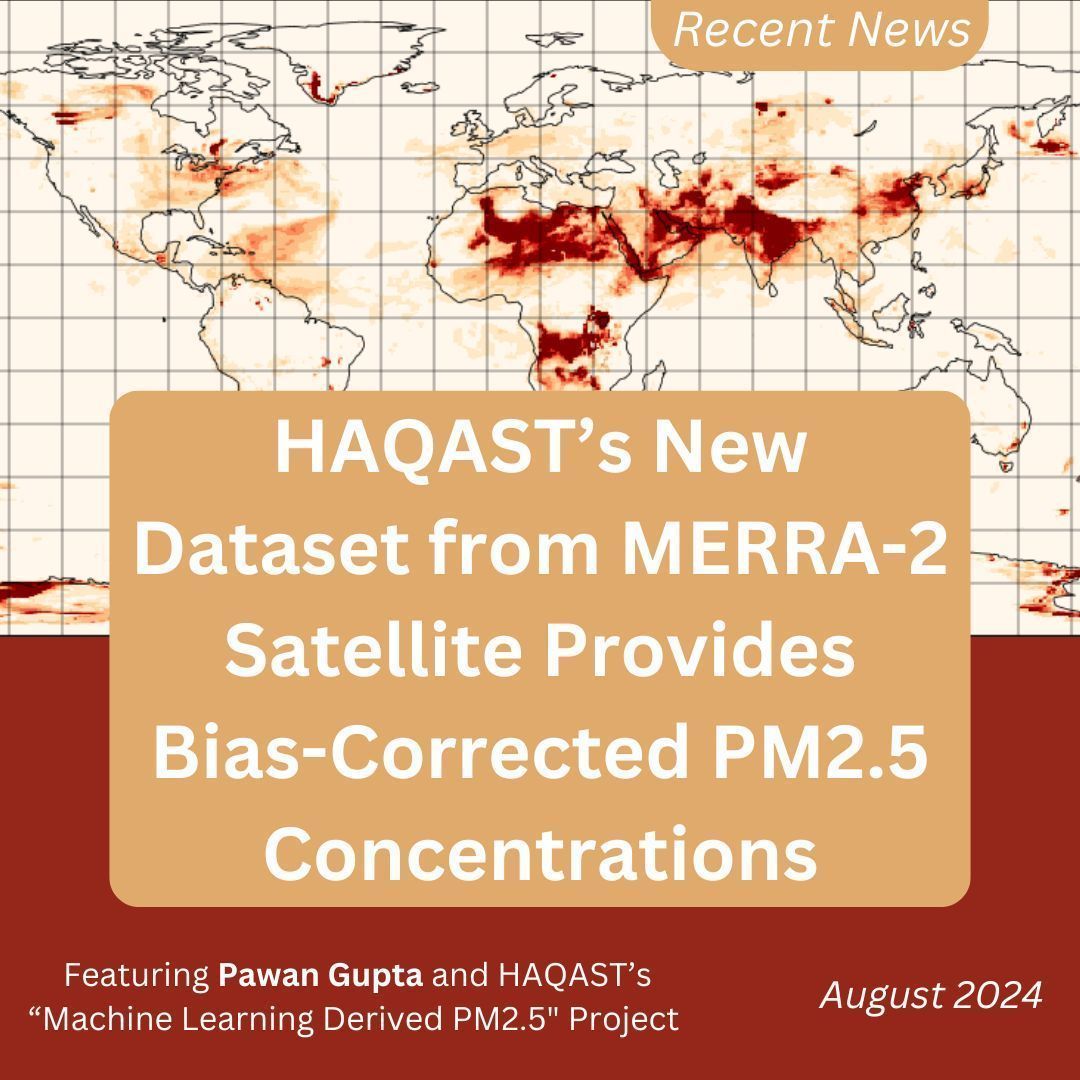

.Tianlang Zhao, Jingqiu Mao and team propose a piecewise function, η′obs, which provides an observation-based, quick and direct estimation of daily surface #PM2.5 during Alaskan #wildfires. #AerosolOpticalDepth UAF Geophysical Institute UA Fairbanks ACS ES&T Air: go.acs.org/aUQ










A team led by Dan Goldberg, PhD of GW EOH Department GW University use a combination of aircraft #RemoteSensing, source apportionment models, and #RegressionModels to evaluate #NOxEmissions from individual source-sectors in Houston, TX. #OpenAccess in ACS ES&T Air: go.acs.org/bl9
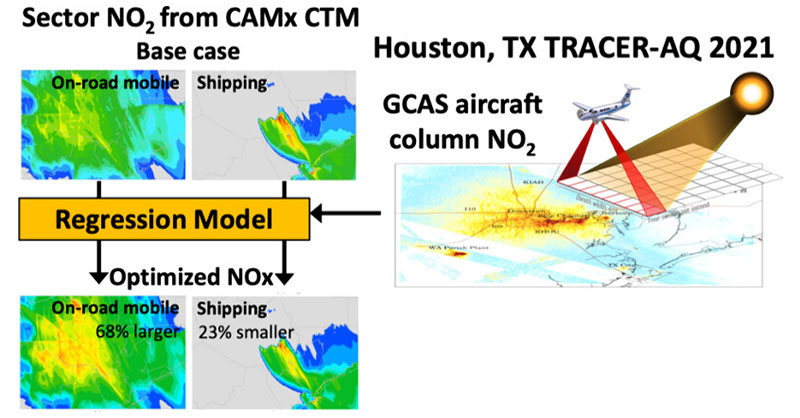

HAQAST researchers developed a method to rapidly determine surface air quality during Alaska wildfires! Read more here: uaf.edu/news/method-ra… Jingqiu Mao Tianlang Zhao

Learn more about using Satellite Data for air quality in the US from the American Lung Association! 🛰️🫁 Featuring analysis from HAQAST researchers including Tracey Holloway and NASA Earth data from Randall Martin!
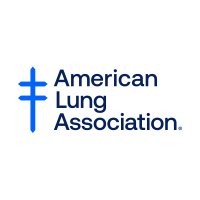
Our latest report, "Something in the Air: Bridging the Air Quality Data Gap with Satellite Technology," shows how satellite data can give communities across the US better insight into air quality. Learn more: Lung.org/something-in-t… NASA HAQAST NASA Earth



